Rare Rides: A Studebaker Wagonaire From 1964 - Aka the Earliest GMC Envoy XUV

Sometimes car companies have radical ideas that don’t really pan out when it comes time to persuade consumers to part with their money. Today’s Studebaker Wagonaire is such a vehicle. It falls into the unique convertible-wagon-truck grouping, in which the only other member is a GMC Envoy from 40 years later.
This isn’t the first time the Rare Rides series has featured a Studebaker wagon. That honor goes to a peachy Conestoga from 1955. That Conestoga was part of the Champion line; today’s tan beauty is part of the Commander series. Commander was one of Studebaker’s earliest product offerings. Minus five model years, a Commander featured in the Studebaker lineup from 1927 through 1966.
After Stude discontinued the Commander name in 1958, it returned on a line of brand new cars for 1963. The model sat third up from bottom, above the cheapest Challenger and slightly less expensive Lark. Among Commander offerings was the Wagonaire. All Wagonaires were the same four-door wagon style, and all initially featured a trick retractable rear roof.
Wagonaires were based on the Lark wagon, albeit with modifications to its top half. The standard seating count was six, a number which expanded to eight with the optional third-row seat, or shrunk to five or seven with optional front buckets.
Always a fan of saving money, Studebaker management hoped to grow interest and variation in the company’s lineup without spending a lot of cash. The answer came from industrial designer Brooks Stevens, who felt what the customer needed was a unique cargo option on the family station wagon.
The trick roof featured a separate metal panel over the cargo bay. Saving weight and complexity, it was manually operated. Once owners completed an arm workout, the panel was locked into place. The resulting open cargo area at the back meant tall items could be transported easily, offering buyers capability far beyond what a standard station wagon could manage.
But innovation was not without costs. Customers in the first couple of model years noticed that water entered the car around the front area of the sliding roof panel, making for wet journeys. While Stude implemented redesigned seals, it couldn’t ensure that customers kept their roof drainage tubes free of all debris. Studebaker informed customers via informational letters, but the damage was done.
Aware of the problems early on, Studebaker added a fixed-roof Wagonaire to the lineup in early 1964, offering it for $100 less than sliding-roof variants. Fixed-roof models were a custom order, not stocked by dealers.
But blood was already in the water, and Studebaker sank around the time of the Wagonaire. All production at South Bend, Indiana wrapped up, and things moved north to Hamilton, Ontario. Wagonaires were built only in Canada for 1964 through 1966. For ’65, Studebaker’s engines were replaced by General Motors units. The fixed-roof wagon went away for 1965, but returned in 1966.
Visual changes that year meant the Wagonaire was its own model, and no longer a Commander. In its final year, Studebaker produced 618 Wagonaires as the company closed up shop.
Today’s tan beauty is in excellent condition. For sale in Minneapolis with a V8 and a manual transmission, it asks $17,500.
[Images: seller]

Interested in lots of cars and their various historical contexts. Started writing articles for TTAC in late 2016, when my first posts were QOTDs. From there I started a few new series like Rare Rides, Buy/Drive/Burn, Abandoned History, and most recently Rare Rides Icons. Operating from a home base in Cincinnati, Ohio, a relative auto journalist dead zone. Many of my articles are prompted by something I'll see on social media that sparks my interest and causes me to research. Finding articles and information from the early days of the internet and beyond that covers the little details lost to time: trim packages, color and wheel choices, interior fabrics. Beyond those, I'm fascinated by automotive industry experiments, both failures and successes. Lately I've taken an interest in AI, and generating "what if" type images for car models long dead. Reincarnating a modern Toyota Paseo, Lincoln Mark IX, or Isuzu Trooper through a text prompt is fun. Fun to post them on Twitter too, and watch people overreact. To that end, the social media I use most is Twitter, @CoreyLewis86. I also contribute pieces for Forbes Wheels and Forbes Home.
More by Corey Lewis
Latest Car Reviews
Read moreLatest Product Reviews
Read moreRecent Comments
- Lou_BC "wait until 30 minutes after eating" My strategy for reading TTAC ;)
- THX1136 "Meet the new boss, same as the old boss" P. Townsend
- Bankerdanny I used to love the Chicago show. I went to my first one around 1980 and didn't miss it for another 20 years. After college I would take some vacation time so I could go mid-week when the show was less crowded. But I think I have only gone twice in the past 10 years. There just isn't much that interests me any more and the Detroit 3 started emphasizing the Detroit show over Chicago, so we weren't getting the big debuts like we used to. Ticket prices are ridiculous and food and drink charges are slices of pizza at steak prices.
- FreedMike Mandates are a bad idea. That's all.
- FreedMike Lots of fun, but this one needs a manual.


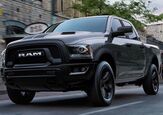

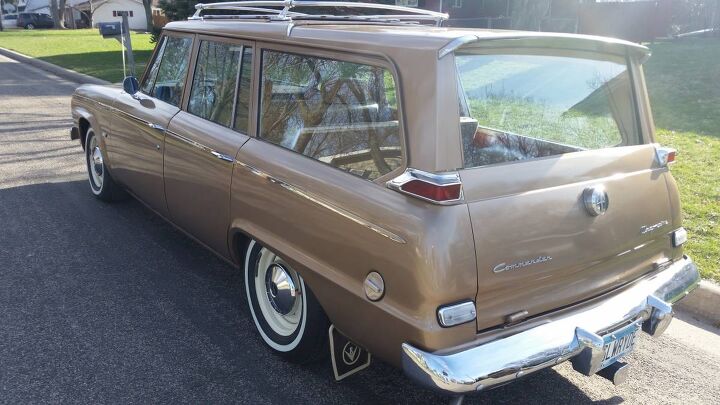




















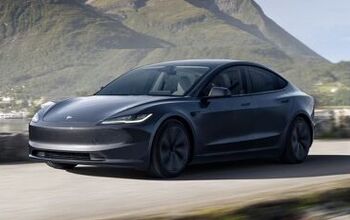
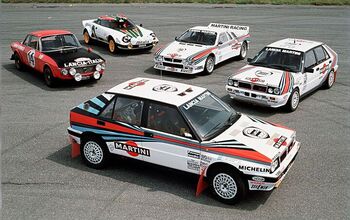


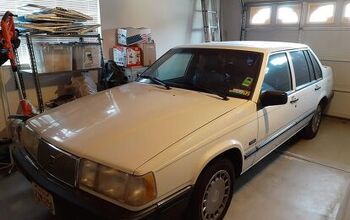
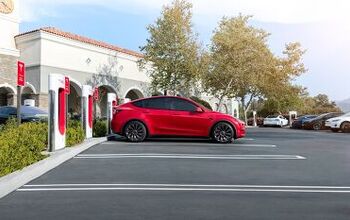
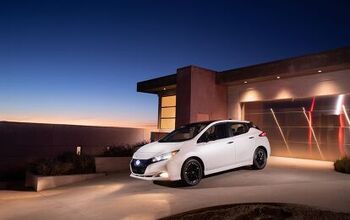
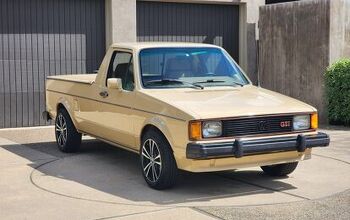
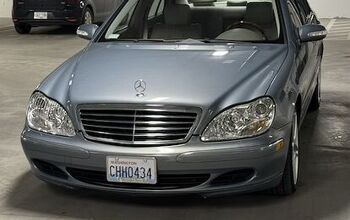

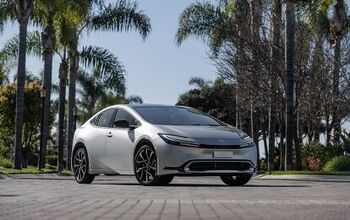
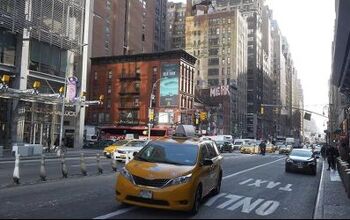
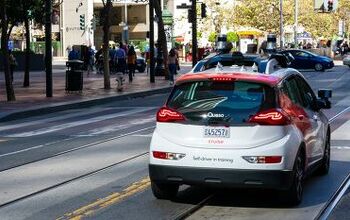
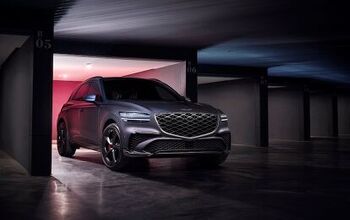

Comments
Join the conversation
My mother fondly remembers the Wagonaire they had as a kid. The two things she always remembers is standing up in the back on their bicycles pretending as they drove. They had a homemade wooden box that would go in the back, that is how they hauled coal to hear their house.
My mother fondly remembers the Wagonaire they had as a kid. The two things she always remembers is standing up in the back on their bicycles pretending as they drove. They had a homemade wooden box that would go in the back, that is how they hauled coal to heat their house.